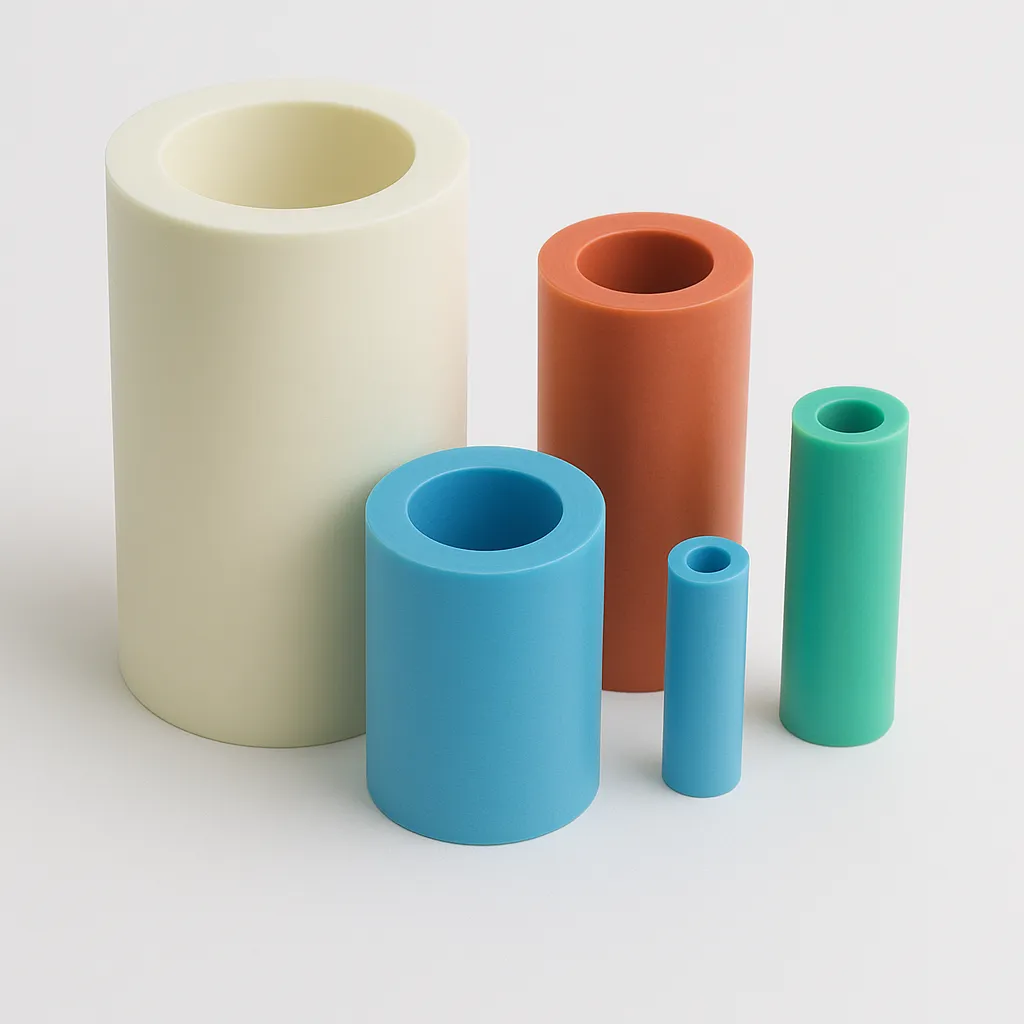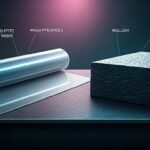Introduction PTFE Linings for Valves, Pipes & Vessels
In industries where aggressive chemicals, extreme temperatures, and corrosive environments are commonplace—such as chemical processing, pharmaceuticals, pulp and paper, and food and beverage—protecting equipment from degradation is paramount. PTFE (Polytetrafluoroethylene) linings offer one of the most effective solutions for providing ultimate corrosion protection to metallic valves, pipes, vessels, and other equipment. By creating an inert barrier between the process media and the underlying metal, PTFE linings extend equipment life, reduce maintenance costs, and ensure process integrity. This article explores the benefits, applications, and considerations for implementing PTFE linings in industrial systems.
Why Choose PTFE for Lining Applications?
- Unmatched Chemical Resistance: PTFE is virtually inert to all chemicals, including the strongest acids, bases, and solvents, making it ideal for the most aggressive process environments.
- Wide Temperature Range: Operates effectively from cryogenic temperatures up to 260°C (500°F), accommodating a broad spectrum of process conditions.
- Non-Stick & Low Friction: The smooth surface minimizes product buildup, reduces pumping energy, and facilitates easy cleaning (CIP).
- Excellent Dielectric Properties: Provides superior electrical insulation, preventing galvanic corrosion.
- Long Service Life: Exceptional resistance to degradation ensures extended equipment life and reduced downtime.
Types of PTFE Linings
1. Molded PTFE Linings
- Process: PTFE powder is compression molded directly onto the prepared metal surface and then sintered.
- Advantages: Seamless construction, excellent bond strength when properly applied, good for complex geometries.
- Applications: Tank interiors, vessel linings, complex pipe fittings.
2. Extruded/Compression Wrapped PTFE Linings
- Process: Pre-formed PTFE sheets or tapes are wrapped around the component and then compressed and sometimes sintered.
- Advantages: Can be applied to large diameters, repairable in sections.
- Applications: Large pipe sections, ducting.
3. Sprayed PTFE Linings
- Process: PTFE dispersion is sprayed onto the surface and then fused through heating.
- Advantages: Good for complex shapes, repairable.
- Applications: Repair work, complex internal geometries.
4. Inserted PTFE Linings (e.g., PFA Lined Pipes)
- Process: Pre-formed PTFE tubes or fittings are inserted and secured within metal components.
- Advantages: Precise dimensions, easy replacement, excellent quality control.
- Applications: High-purity applications, standard pipe sections and fittings.
Key Applications for PTFE Linings
- Chemical Processing: Lining tanks, reactors, heat exchangers, pipes, and valves handling sulfuric acid, hydrochloric acid, sodium hydroxide, and other aggressive chemicals.
- Pharmaceutical & Biotech: Protecting reactors, vessels, and transfer lines requiring high purity and inertness to prevent contamination.
- Pulp & Paper: Resisting bleaching agents like chlorine dioxide and corrosive processing chemicals in digesters and bleach plants.
- Water & Wastewater Treatment: Handling corrosive treatment chemicals like chlorine and preventing buildup in clarifiers and tanks.
- Food & Beverage: Providing non-stick, FDA-compliant surfaces for processing equipment like mixers, hoppers, and tanks.
- Semiconductor: Lining high-purity chemical handling equipment and wet benches.
- Power Generation: Protecting flue gas desulfurization (FGD) systems from sulfuric acid dew point corrosion.
Benefits of PTFE Lined Systems
- Extended Equipment Life: Dramatically reduces corrosion, extending the life of underlying carbon steel or stainless steel equipment.
- Reduced Maintenance: Less frequent repairs and replacements lead to lower maintenance costs and reduced downtime.
- Improved Process Reliability: Minimizes the risk of leaks and contamination from corroded equipment.
- Cost-Effective: Often more economical than using expensive corrosion-resistant alloys (CRA) like Hastelloy or titanium for entire systems.
- Versatility: Can be applied to a wide variety of base metals and equipment geometries.
Quality and Compliance for PTFE Linings
- ISO 9001: Manufacturing and lining processes should adhere to rigorous quality management standards.
- Material Traceability: Full documentation, including resin source, processing parameters, and inspection reports.
- Food-Grade Options: PTFE linings available that meet FDA and EU 10/2011 regulations for food contact.
- Thickness & Adhesion Testing: Critical quality checks to ensure lining integrity and performance.
- Surface Preparation: Proper blast cleaning and profiling of the metal substrate are essential for a successful bond.

ptfe molded tube PTFE Linings for Valves, Pipes & Vessels
Conclusion PTFE Linings for Valves, Pipes & Vessels
PTFE linings represent a proven and highly effective method for protecting industrial equipment from the ravages of corrosion. Their unmatched chemical resistance, thermal stability, and durability make them indispensable in the chemical, pharmaceutical, food & beverage, and many other process industries. Whether lining a large chemical storage tank or protecting the internals of a critical valve, PTFE provides a reliable barrier that ensures process safety, extends equipment life, and optimizes operational costs. Xiflon supplies essential materials for constructing durable and reliable PTFE-lined systems, including PTFE sheets, rods, tubes, and custom machined PTFE liners. We deliver consistent quality meeting European standards and global compliance (FDA, REACH), ensuring long-lasting performance in your most demanding applications. Contact Xiflon to source premium PTFE materials for your valve and pipe lining needs.







